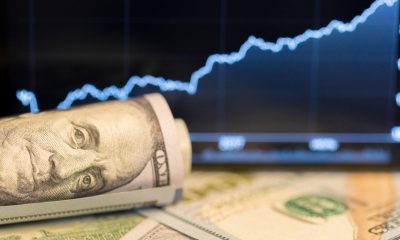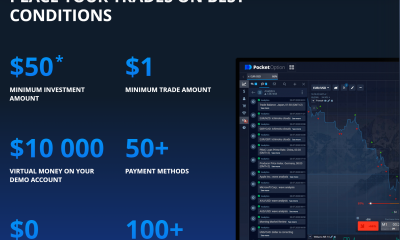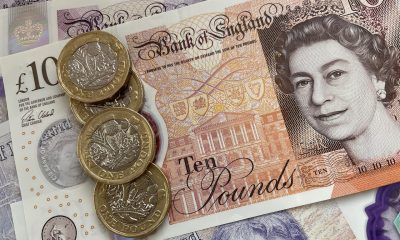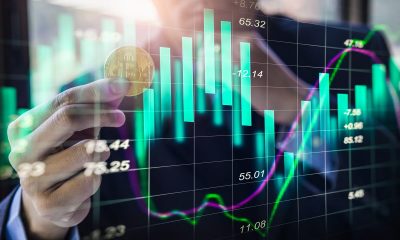Forex
Dollar holds steady as investors wait for Fed guidance
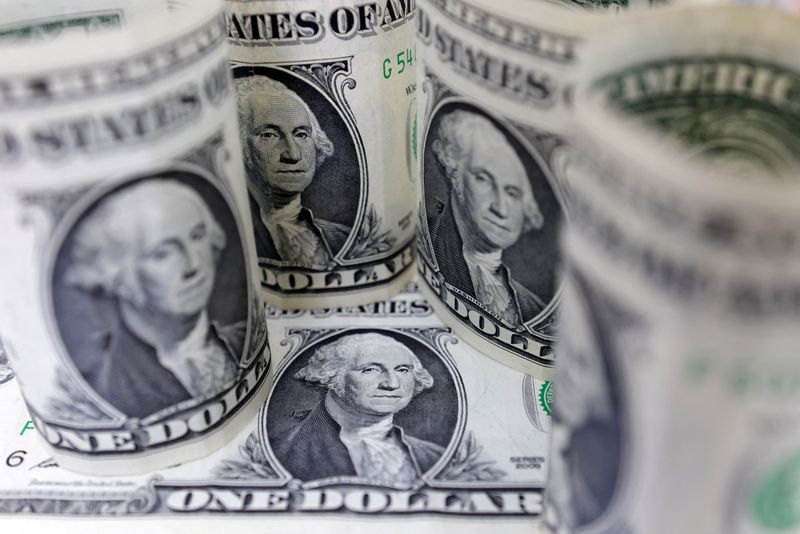
By Saqib Iqbal Ahmed
NEW YORK (Reuters) -The dollar was firm against the euro on Monday as investors awaited further clues to help them figure out the path of U.S. interest rates in the wake of cautious comments from Federal Reserve officials, even as inflation showed signs of cooling.
Atlanta Fed President Raphael Bostic said on Monday it will take a while for the U.S. central bank to be confident that inflation is on track back to the central bank’s 2% goal.
“The issue right now is when are we going to be certain that inflation is clearly on a path back to 2%. I think it’s going to take a while before we know that for sure,” Bostic said in an interview with Bloomberg Television.
Besides Bostic, several other Fed speakers are due to speak on Monday and later in the week. Markets will also focus on minutes of the Fed’s last meeting, which are due on Wednesday.
The euro was 0.05% down against the dollar at $1.0836. Against the yen, the dollar was up 0.3% to 156.15 yen.
Data last week showed U.S. consumer prices rose less-than-expected in April, leading to markets pricing in 50 basis points of Fed rate cuts this year. Still, various Fed officials have expressed caution about when rates may fall.
With little in the way of economic data on the calendar for the day, most major currency pairs clung to tight trading ranges on Monday.
“I think after CPI passed last week the FX market is rather lacking a catalyst at this stage,” said Michael Brown, market analyst at online broker Pepperstone in London.
“While the FOMC calendar is, again, stupendously busy, it seems there’s little fresh information that speakers can add at this stage, especially with the reaction function so well-signposted, another hike all but ruled out, and a couple more promising inflation figures, at least, needed to provide the requisite confidence of inflation returning towards 2% before the first cut can be delivered,” Brown said.
Survey-based gauges of the economy for the euro zone, Germany, the UK and the U.S. are due this week.
The euro remained not far from the nearly two-month high of $1.0895 it touched last week. It is up 1.8% so far in May, boosted by a fall in the dollar on the back of softer U.S. growth and inflation data, as well as a pickup in the euro zone economy.
With the Japanese yen weaker on the day, traders remained on alert for signs of government intervention. The currency has moved in tight ranges in the past couple of trading days after a tumultuous start to May in the wake of suspected rounds of currency interventions by Tokyo to prop up the yen.
Sterling was about flat on the day after touching a two-month high of $1.2711, and was last just below that level, ahead of a UK inflation report due on Wednesday.
The Australian dollar was down 0.3% at $0.6671. The has risen 3.1% this month amid high Australian inflation. Monday’s weakness in the commodity-linked currency despite strength in commodity prices bodes ill for the near-term outlook for the Australian dollar, Pepperstone’s Brown said.
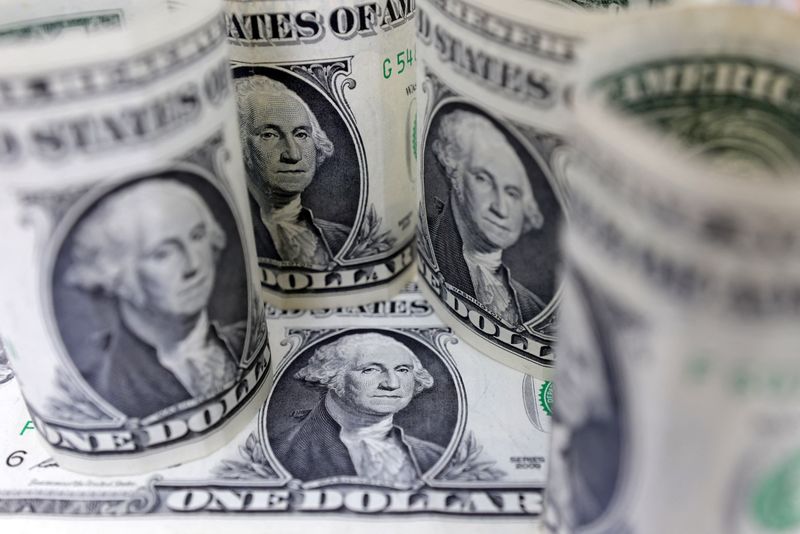
“(The weakness) on a day with commodities rallying and equities solid enough, (is) perhaps a canary in the coal mine for antipodean bulls,” Brown said.
In cryptocurrencies, bitcoin was little changed on the day at $67,027, just shy of the five-week high of $67,712 touched in the previous session.

 Forex3 years ago
Forex3 years agoForex Today: the dollar is gaining strength amid gloomy sentiment at the start of the Fed’s week

 Forex3 years ago
Forex3 years agoUnbiased review of Pocket Option broker

 Forex3 years ago
Forex3 years agoDollar to pound sterling exchange rate today: Pound plummeted to its lowest since 1985

 Forex3 years ago
Forex3 years agoHow is the Australian dollar doing today?

 Cryptocurrency3 years ago
Cryptocurrency3 years agoWhat happened in the crypto market – current events today

 World3 years ago
World3 years agoWhy are modern video games an art form?

 Commodities3 years ago
Commodities3 years agoCopper continues to fall in price on expectations of lower demand in China

 Economy3 years ago
Economy3 years agoCrude oil tankers double in price due to EU anti-Russian sanctions

